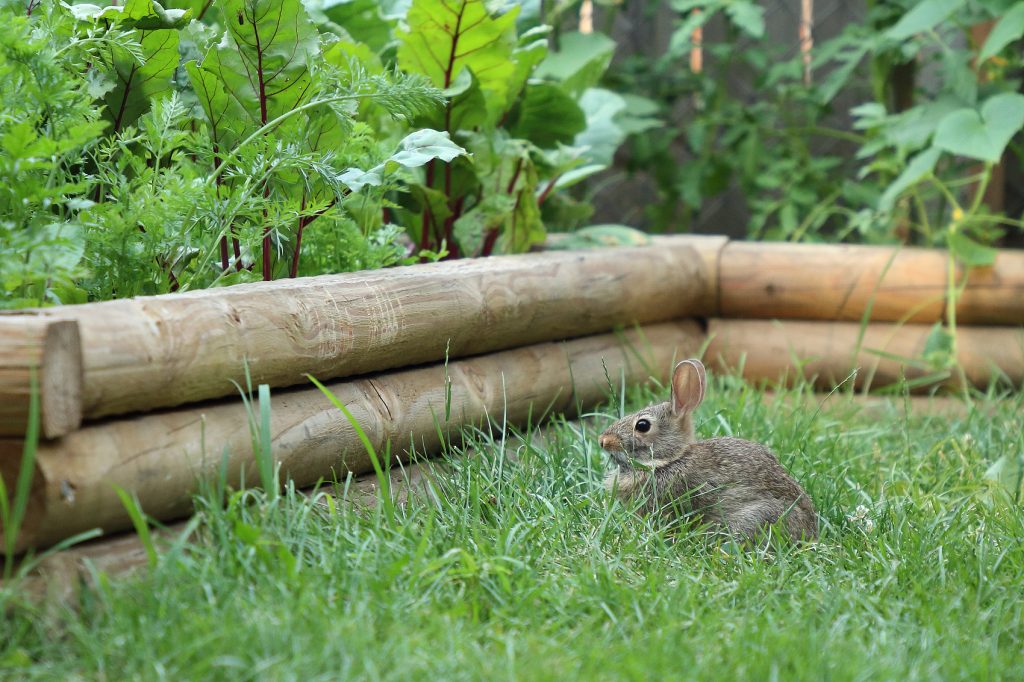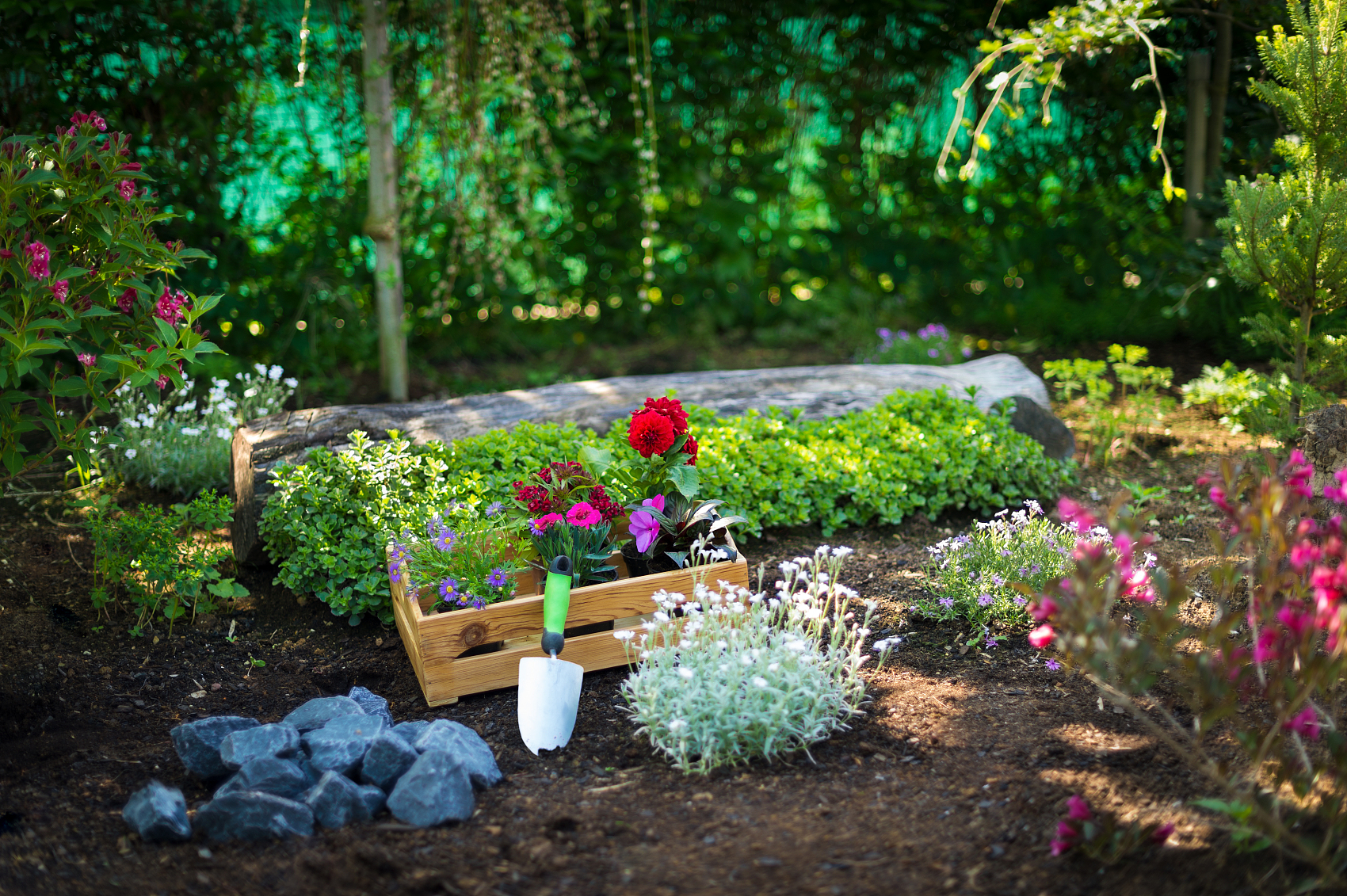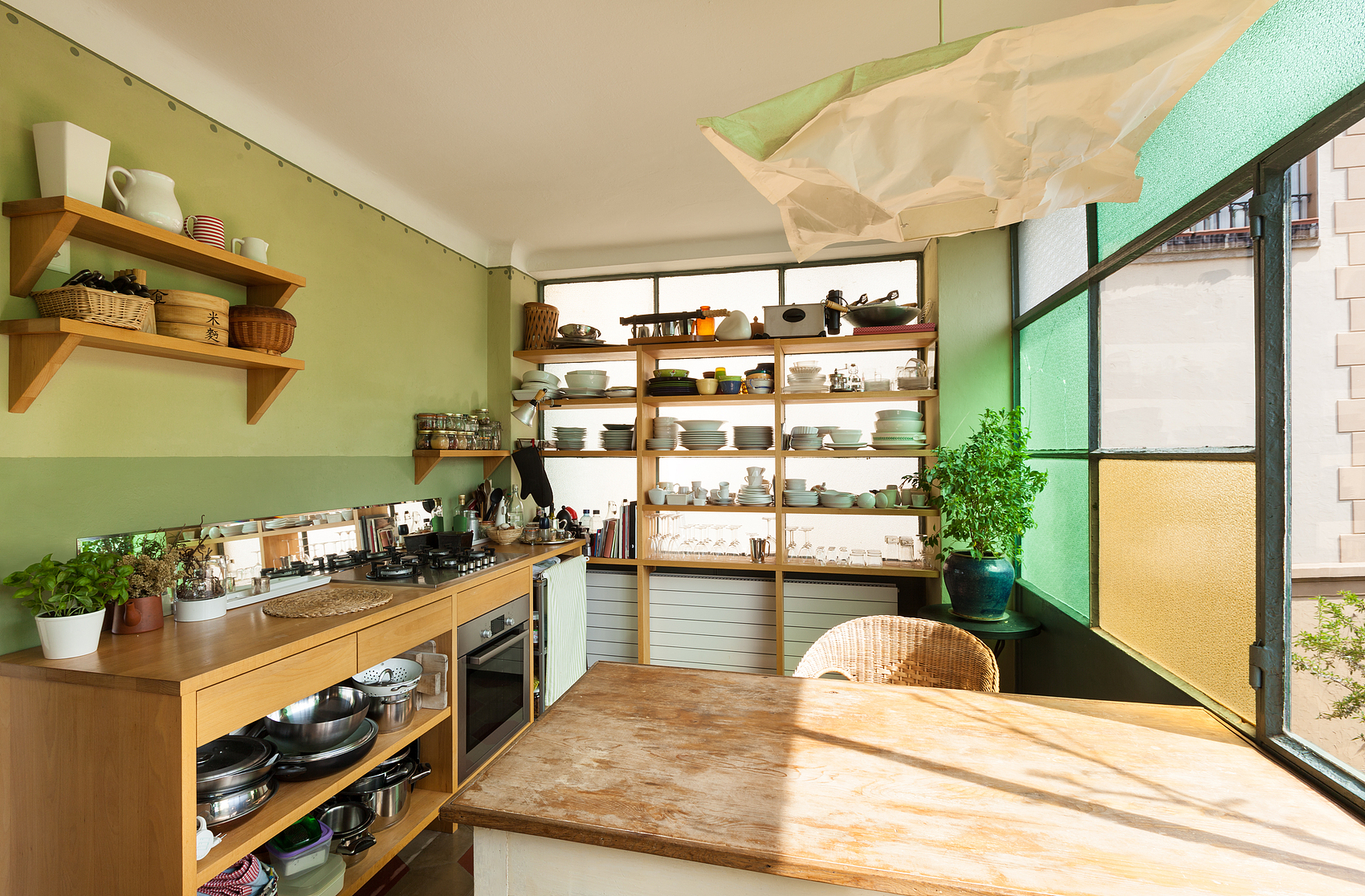When rabbits invade your garden, it can feel like nothing is safe. Whether they’re munching on your veggies, fruits, or flowers, there are several ways to protect your plants and keep rabbits out. In North America, the eastern cottontail is the most common species you’ll encounter, but there are about 15 types of rabbits and hares in total. This guide will help you identify rabbit damage and offer some wildlife-friendly ways to deter them.
How to Spot Rabbit Damage
Rabbits are elusive creatures that tend to shy away from human contact, so it’s not always easy to catch them in the act. However, their damage leaves some obvious clues. Here’s what to look for:
- Disappearing Plants: If your lettuce is reduced to tiny nubs or your strawberries are gone overnight, it’s a strong sign of rabbit activity. Unlike insects, which typically leave small holes in leaves, rabbits take bigger bites.
- Chewed Plants: Rabbits, along with deer and groundhogs, often don’t consume the whole plant. They’ll nibble leaves or chew them down to the soil line. Rabbits usually focus on leaves at the plant’s base, while deer tend to feed higher up.
- Rabbit Droppings: Rabbit pellets are small, round, and uniform in size. If you see this type of scat, it’s likely from a rabbit (or possibly deer).
- Gnawed Bark: Rabbits sometimes chew the tender bark of young trees and shrubs, though they’re usually less destructive than deer, who also eat small branches and twigs.
- Digging: Most North American rabbits don’t dig tunnels like European rabbits, but they will dig small holes or depressions for nesting. If you find large tunnels, groundhogs are more likely to blame.

Ways to Keep Rabbits Out of Your Garden
Some rabbits prefer snacking on weeds and clover in lawns, and may not venture into your garden. But if you’re facing an invasion, here are some ways to make your garden less inviting:
- Clean Up Your Garden Rabbits are more likely to stick around if your garden offers easy access to food and shelter. Start by cleaning up fallen fruit, covering vulnerable vegetables with row covers, and removing potential hiding spots like brush piles and overgrown trees or shrubs. Also, block off crawl spaces beneath porches or sheds, and keep grass trimmed. But be careful not to disturb any rabbit nests in grassy areas before sealing them up.
- Install Fencing Fencing is the most effective way to keep rabbits out for good. Use chicken wire or hardware cloth, burying the bottom 6 inches of the fence in the soil, and ensuring the fence extends at least 3 feet above the ground. Angle the top 6-12 inches of fencing outward to prevent rabbits from jumping over it.
- Use Smaller Barriers If installing a full fence isn’t an option, consider protecting specific plants with smaller barriers. Rabbits are most attracted to young plants, so cover seedlings and bulbs with chicken wire domes or plant cages. You can even repurpose large nursery pots without bottoms to protect perennials. For young trees and shrubs, install tree guards that are taller than the rabbits can reach.
- Grow Rabbit-Resistant Plants While no plant is truly rabbit-proof, some varieties are less appealing to rabbits. Consider planting these in rabbit-prone areas:
- Yarrow
- Lamb’s ear
- Daffodils
- Peonies
- Grape hyacinth
- Potatoes
- Bleeding heart
- Mint
- Lupines
- Foxglove Plants that are resistant to deer or other pests like Japanese beetles can also help, as rabbits tend to avoid the same species.
- Grow Repellent Plants Certain aromatic plants can keep rabbits at bay. Herbs like rosemary, thyme, and oregano, along with chives, onions, and garlic, all have scents that rabbits dislike. Plant these around the perimeter of your garden, or use them as companion plants for vulnerable crops like brassicas or strawberries.
- Plant Clover as a Distraction If rabbits are still munching on your plants, try distracting them with clover. By sowing clover seeds in your lawn, you can provide an alternative food source that may keep them from nibbling on your prized plants. Dutch white clover and microclover are good options, or try ornamental varieties like crimson or red clover for added color.
- Use Repellents While some commercial repellents can work, they usually need to be reapplied after rain. Natural deterrents like blood meal, garlic oil, cayenne pepper, or even predator urine can be effective. You can also try sprinkling human hair or dog fur around your garden.
- Scare Tactics Motion-activated sprinklers, plastic owl decoys, and pinwheels can help scare rabbits away. Move them around regularly and combine them with fencing and repellents for better results.
- Trapping Trapping rabbits is usually not the best long-term solution since new rabbits will often move in to replace the ones you’ve removed. However, if you need to relocate them, use a live trap and bait it with fresh produce like apples or carrots. Check local regulations before trapping, as it’s illegal in some areas. Always handle the trap gently and release the rabbit at least five miles away from human habitation to prevent it from becoming a problem for someone else.

If you find a rabbit nest, leave it alone. Baby rabbits are fragile and should only be handled by experts. If the nest is in a dangerous spot, temporarily block off the area to protect the babies, or contact a wildlife rehabber for help.
With a little planning and effort, you can keep rabbits out of your garden and protect your plants—without harming the wildlife.













